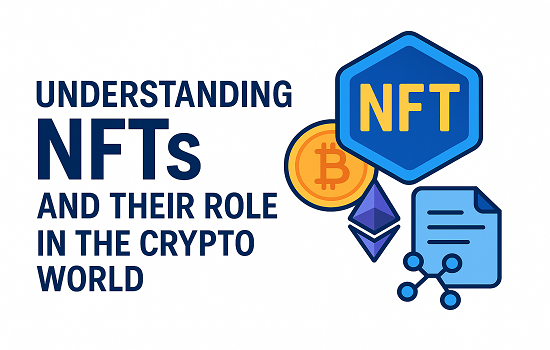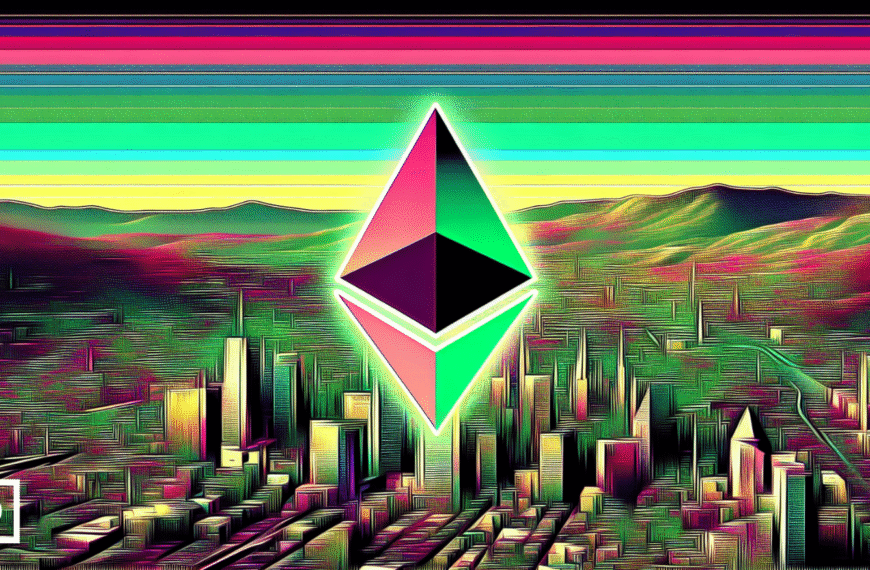In recent years, NFTs (Non-Fungible Tokens) have taken the digital world by storm. From jaw-dropping art sales to virtual real estate and music rights, NFTs are reshaping how we perceive ownership and value in the blockchain ecosystem. But what exactly are NFTs, and why are they such a big deal in the crypto space? Let’s dive in.
What Are NFTs?
NFTs, or Non-Fungible Tokens, are unique digital assets stored on a blockchain, typically Ethereum. Unlike cryptocurrencies like Bitcoin or Ethereum, which are fungible (interchangeable with one another), NFTs are one-of-a-kind. Each NFT carries distinct information that makes it unique and irreplaceable, making them ideal for proving ownership of digital content.
Key Features of NFTs:
- Uniqueness: Each NFT has unique metadata that distinguishes it from others.
- Indivisibility: NFTs cannot be divided into smaller units.
- Ownership & Provenance: Blockchain ensures transparent and secure ownership records.
- Interoperability: NFTs can be traded across various platforms and marketplaces.
How Do NFTs Work?
NFTs are created through a process called minting, where digital files (like art, music, video, etc.) are uploaded to the blockchain as tokens. These tokens are then stored in digital wallets and can be bought, sold, or traded on NFT marketplaces such as OpenSea, Rarible, or Foundation.
They are typically governed by smart contracts, which are self-executing codes that automate transactions and ensure authenticity and ownership verification.
The Role of NFTs in the Crypto Ecosystem
NFTs are much more than just collectibles or digital art. Their impact extends across various industries, fueling innovation and new economic models:
1. Digital Art & Creative Economy
Artists now bypass traditional gatekeepers and sell directly to audiences, retaining a larger share of profits and even earning royalties on secondary sales through smart contracts.
2. Gaming & Virtual Real Estate
NFTs power in-game assets and virtual land ownership in metaverse platforms like Decentraland and The Sandbox, allowing players to monetize their digital interactions.
3. Music, Film & Media
Musicians and creators use NFTs to tokenize music rights, exclusive content, and access passes, creating new revenue streams and fan engagement models.
4. Identity & Certification
NFTs are being used to verify digital identities, academic credentials, and licenses, providing immutable and verifiable records.
Benefits of NFTs
- True Digital Ownership: Users can own and transfer digital goods securely.
- New Revenue Models: NFTs empower creators with direct-to-consumer sales and royalties.
- Global Accessibility: NFT marketplaces are open to anyone with an internet connection.
- Scarcity & Value: Limited editions create a sense of scarcity, boosting value and demand.
Challenges and Criticisms
Despite their potential, NFTs face several challenges:
- Environmental Impact: NFTs on proof-of-work blockchains consume high energy (though many are moving to eco-friendly solutions).
- Market Volatility: NFT prices are highly speculative and can fluctuate wildly.
- Copyright Concerns: Digital ownership doesn’t always mean copyright ownership, leading to legal ambiguities.
Future of NFTs
The future of NFTs is promising, with continued integration into Web3, DeFi, AI, and metaverse technologies. As blockchain adoption grows, NFTs will likely play a critical role in digital identity, property rights, and decentralized economies.
Final Thoughts
Understanding NFTs is essential for anyone interested in the future of the internet, digital culture, and the blockchain revolution. While still evolving, NFTs offer a glimpse into how ownership, creativity, and commerce will function in the decentralized digital world.
Ready to explore NFTs? Start by researching popular platforms, learning how to mint a token, and staying updated with NFT trends to make informed decisions in this exciting space.






































